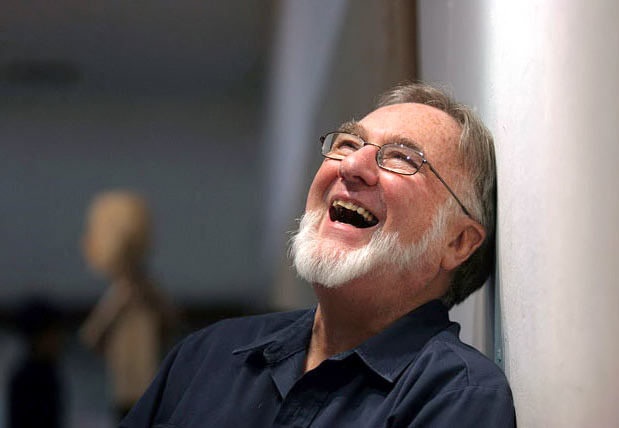The motivation behind film production often includes factors such as monetary incentives and reputation. For the late pioneering ethnographic filmmaker Jorge Prelorán, however, his enthusiasm for the art of documentaries was driven by the desire to give a voice to those rarely seen or heard of in the world of cinema.
On Friday, UCLA Film & Television Archive will present a documentary honoring the iconic Argentinean filmmaker’s life work. Prelorán, a former School of Theater, Film and Television faculty member, passed away in 2009.
Aside from a panel discussion involving Jorge Prelorán’s former colleagues, students, friends and wife, the tribute will feature Fermin Rivera’s documentary about Prelorán’s life, “Huellas y Memoria de Jorge Prelorán” (“Traces and Memory of Jorge Prelorán”).
“This filmmaker, Fermin Rivera, began, one would say, a standard documentary about the subject,” said Maria Elena de las Carreras, TFT professor and friend of Prelorán. “But from the very beginning, Jorge made him stop and told him, “˜I am not comfortable talking to the camera … you follow me and see what my life is about.’ In a very unpretentious manner, then, the documentary becomes an ethnographic film, like the films made by Jorge himself.”
Prelorán was influenced early on in his career to be curious about the stories that others weren’t telling. Having studied film and graduating from UCLA in 1961, Prelorán received a grant to make a film about Argentinean gauchos.
“I think he enjoyed the experience and began to realize that there are so many categories of life that people don’t make films about,” said Shannon Kelley, head of public programs for the UCLA Film & Television Archive. “He began interviewing subjects in Argentina, not in the cities, but in very wildly diverse rural settings, very often indigenous people and workers … people whose stories weren’t being told but are a central part of the fabric of Argentina.”
Known for innovating a style of documentary in the tradition of ethnography, Prelorán allowed himself to form relationships with the people he portrayed. Within this method of filmmaking, called ethnobiography, the filmmaker gets closer to the subject to give a portrait of the subject as well as their culture and practices.
The position of the ethnographer is not one of being outside of the action looking in and then interpreting, Kelley said, but one of collaborating with the subject in making the film.
While documentaries generally depict their subjects as exotic and use a narrator as a voiceover to tell the audience how to see these people, Prelorán decided to use the voices of the people themselves in his soundtracks
“It is like someone is telling you in your ear what the subjects are thinking and feeling,” said Mabel Prelorán, wife and collaborator on many of his films. “This gives a kind of intimacy between the character and the audience.”
Prelorán’s desire to open society’s eyes to the communities that live on the margins of urban life also came across during his time as a professor at TFT where he taught from 1976 to 1994.
“He wanted young people to use films to change the world for the better … to make the audience see the world through the filmmaker’s sensitivity,” Mabel Prelorán said. “He thought the students would be the best way to go about this kind of social change.”
As Kelley and de las Carreras both said, Prelorán made films that didn’t use their subjects, but instead served them by crafting a type of honorable portrait. The common denominator across all his documentaries is that his filmmaking techniques and his love of the people he followed made the dignity of his subjects come across beautifully.
